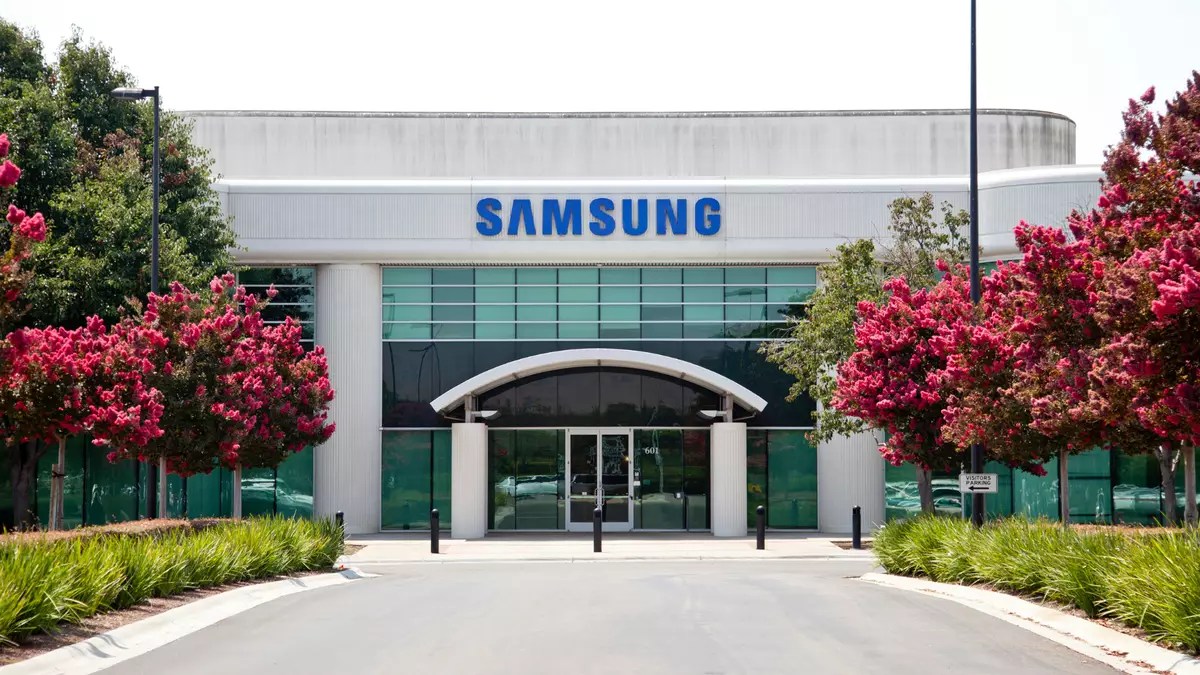In an era where global trade tensions are at an all-time high, the landscape for manufacturers is becoming increasingly tumultuous. Amidst these difficulties, Samsung Electronics has emerged as an unexpected winner, capitalizing on the volatile situation created by U.S. tariffs. Strikingly, in the first quarter of this year, Samsung reported an operational profit of 6.6 trillion won, equivalent to about $4.47 billion. This is significantly above projections, reflecting how consumer behavior can shift dramatically in response to economic uncertainty. The concern over impending tariffs has spurred a buying frenzy among consumers, who are keen to secure their purchases before potential price hikes dictate the market dynamics.
Riding the Wave of Consumer Fear
The clamor for Samsung’s memory chips and smartphones can be attributed to a strategic mix of consumer behavior and market foresight. Analysts, including Greg Roh from Hyundai Motor Securities, have suggested that fears surrounding tariffs prompted a trend of “hoarding” inventory in anticipation of rising prices. Typically, many manufacturers abide by the Just-in-Time (JIT) inventory approach, minimizing stock levels to cut expenses. However, in light of the current climate, companies have pivoted towards stockpiling, altering their operational strategies that usually prioritized efficiency over abundance.
This shift indicates a larger change in the manufacturing landscape, as businesses are less willing to gamble on future pricing and availability. Samsung has adeptly positioned itself in this market, essentially becoming a stabilizing force for manufacturers who may otherwise remain uncertain about future supply costs. The demand surge has led Samsung not just to recover but to thrive, even with previous year profits firmly in sight.
The Tariff Impact: A Double-Edged Sword
Yet the benefits of this demand must be viewed with caution. The undercurrents associated with tariff implementations are tricky terrain. Each new wave of tariffs, including President Trump’s initial 10% hike to up to 32% for specific countries like Vietnam and China, slashes into the fabric of international trade relationships. While Samsung enjoys short-term advantages, the long-term implications remain hazy. The potential for shipping declines looms as analysts predict shipment reductions as early as the second quarter due to the backlash of price inflations across the board.
The import tariffs that manufacturers face could inadvertently curtail consumer demand in the long run, as higher costs will likely be passed down from distributors to end consumers. Poorly-considered price hikes could reduce Samsung’s market penetration within segments it previously dominated. Faced with potential backlash from consumer costs, Samsung’s short-lived profitability could fold under pressure if product prices inflate beyond consumer willingness to pay.
A Lesson from the Tech Industry: Adaptability is Key
Insights gleaned from other segments, particularly within the tech industry, yield a valuable lesson on adaptability. For example, Nintendo experienced disruptions as they reevaluated their market strategy following the tariff announcements, stalling the preorders for their upcoming consoles. Such indecision underscores the challenges that manufacturers face amidst shifting market realities. The situation mirrors that of Framework, who had to halt sales of their affordable modular laptops, forced to reconsider how they would approach pricing structures while maintaining brand integrity.
Samsung must thus tread the line between exploiting current demand and anticipating future challenges, balancing the need for immediate profit against the risk of alienating a broader consumer base. As other tech entities grapple with similar existential concerns, it is a reminder that operational flexibility and strategic foresight are imperative in an unpredictable global economy.
Looking Ahead: Is This Surge Sustainable?
Ultimately, while Samsung is basking in the short-lived glory of increased sales, the looming threat of reduced shipments juxtaposes the immediacy of current profits. With tariffs forcing manufacturers to rethink their supply chain strategies and develop contingencies in pricing, the question of sustainability erupts. Companies including Samsung find themselves on a precarious edge, where the decisions they make in response to tariffs could define their trajectory over the next several years in the tech landscape. Therefore, while Samsung should relish this fleeting success, it must also prepare its strategy for an intricate dance with the evolving trade landscape, aiming for a balance that nurtures both immediate gains and long-term stability.


Leave a Reply